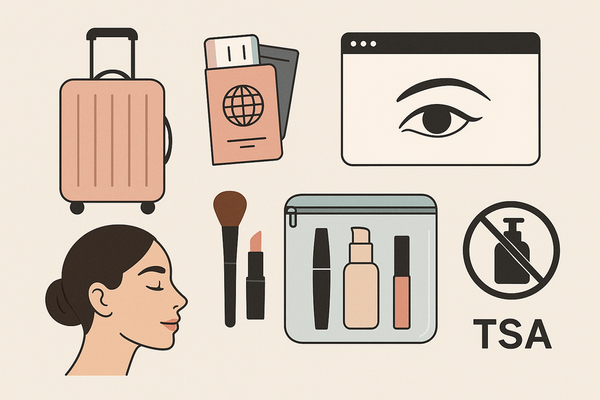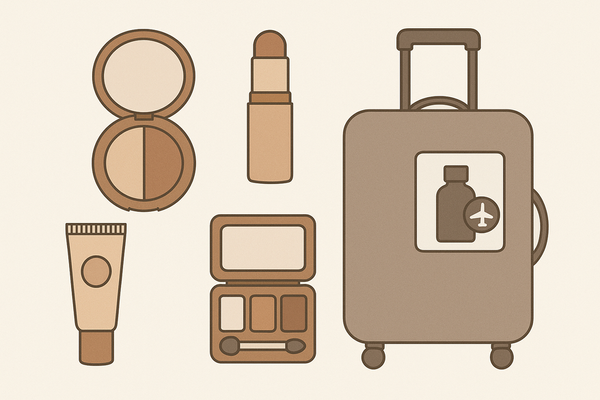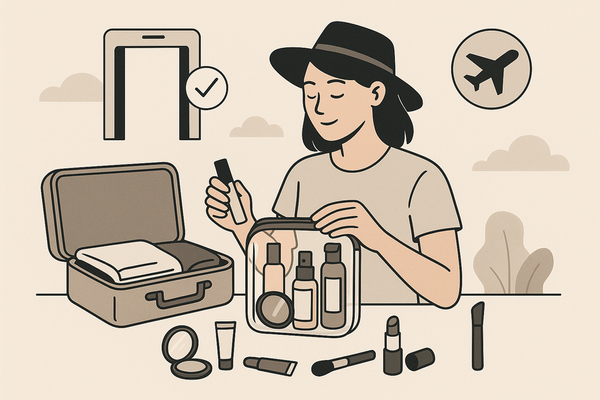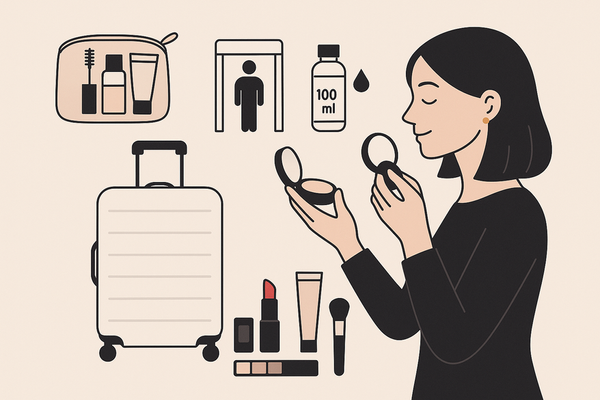Tailor-Made Virtual Beauty Filters: Personalized AR for Your Unique Look
Discover the impact of tailor-made virtual beauty filters using AI to adapt to your unique features, enhancing your digital beauty experience.
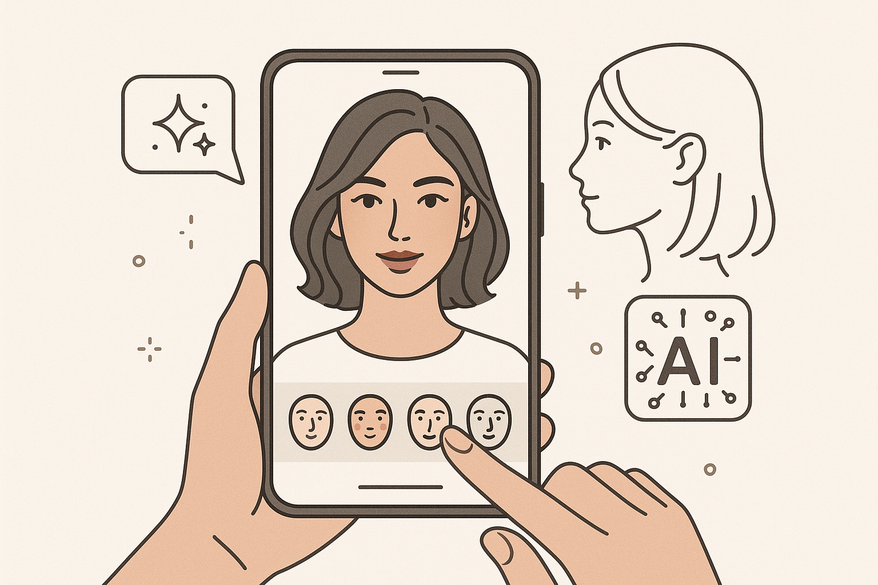
Estimated reading time: 6 minutes
Key Takeaways
- Tailor-made beauty filters use AI and facial mapping for personalized enhancements.
- They offer greater personalization, diversity, and user engagement than generic filters.
- Applications range from social media AR, virtual try-ons, tutorials, to brand marketing.
- The creation process involves data collection, AI training, and cross-disciplinary collaboration.
- Future trends point to deeper personalization, metaverse integration, and data-driven marketing.
Table of Contents
- Introduction
- Section I: Understanding Tailor-Made Virtual Beauty Filters
- Section II: Benefits of Using Tailor-Made Virtual Beauty Filters
- Section III: Use Cases and Applications
- Section IV: How Tailor-Made Filters Are Created
- Section V: Future Trends and Impact
- Conclusion
- FAQ
Introduction
Tailor-made virtual beauty filters are highly personalized digital effects that enhance or alter a user’s appearance in photos or videos. These custom-built filters adjust to each person’s unique facial features, style preferences, and needs, offering a bespoke, face-focused touch.
In today’s digital and beauty worlds, tailor-made virtual beauty filters are taking off. People want to express themselves and see beauty standards that match their own. Brands and creators are answering with more inclusive, personalized AR tools that feel made just for you.
Various platforms, including Makeup Check AI, now offer AI-driven virtual filters that adapt to your facial features and preferences in real time.
Section I: Understanding Tailor-Made Virtual Beauty Filters
Tailor-made virtual beauty filters use custom data and smart tech to create unique, face-fitted looks. They differ from generic beauty filters in key ways:
- Generic Filters: One-size-fits-all overlays that smooth skin or enlarge eyes with preset settings.
- Tailor-Made Filters: AI-driven, data-rich effects that adapt to your skin tone, face shape, and personal style.
Core Technologies Enabling Customization
- Artificial Intelligence (AI)
– AI analyzes your facial features and learns your look preferences over time.
– It uses computer vision to spot landmarks such as cheekbones, lips, and brow arches. - Machine Learning
– Models train on more data as you use the filter.
– Accuracy and realism improve with each selfie or video clip. - Facial Recognition and Mapping
– Systems track over 100 facial points for precise effect placement.
– This lets sparkles, blush, or AR makeup follow your expressions naturally.
Section II: Benefits of Using Tailor-Made Virtual Beauty Filters
Personalization
• Filters adapt to your unique skin tones, face shape, and style.
• You avoid the “one-size-fits-all” look and get a more natural effect.
Enhanced User Experience
• Engaging AR sessions boost your confidence and fun.
• Immersive interactions feel more like a real makeover than a flat overlay.
Expression of Individuality
• You can experiment with bold colors or subtle looks that match your identity.
• Custom filters let you show your true self, not a generic standard.
Catering to Diversity
• Inclusive designs support a wide range of skin tones and facial structures.
• Everyone can find or create a filter that feels made just for them.
Section III: Use Cases and Applications of Tailor-Made Virtual Beauty Filters
Beauty Apps & Social Media
• Snapchat & Instagram AR: Popular platforms offer filters that adjust to each face.
• PulpoAR on Snapchat: Gives you tailored skincare advice and product suggestions in real time. (learn more about virtual try-ons)
Virtual Try-On (VTO) Experiences
• Real-time makeup or hair-color previews from brands like Burberry and Sephora.
• Individual facial mapping makes it look like you’re wearing the real product.
Online Beauty Tutorials
• AR makeover tools guide you step by step with custom overlays.
• Tutorials adapt to your facial features, helping you learn techniques that suit you.
Brand Engagement
• Personalized filters drive deeper interaction with customers.
• Users try new products virtually, boosting trial rates and sales.
Section IV: How Tailor-Made Virtual Beauty Filters Are Created
Data Collection
• Ethical scans and selfies capture your unique facial metrics.
• Avatars or 3D face models can also stand in when you prefer privacy or no-photo setups.
AI Model Training
• Datasets include annotated facial landmarks and style preference tags.
• Models learn subtle shifts in tone, texture, and shape from diverse face sets.
Cross-Functional Collaboration
• Tech Developers: Code the AR engine, integrate AI pipelines, and ensure smooth performance.
• Beauty Experts: Advise on color theory, skin science, and current makeup trends.
• Digital Designers: Craft intuitive UI and appealing visual overlays that enhance user experience.
Section V: Future Trends and Impact of Tailor-Made Virtual Beauty Filters
Deeper Personalization
• Hyper-detailed skin analysis could power product suggestions tuned to your needs.
• Avatar-based filters let you explore endless looks in a digital mirror.
Metaverse Integration
• Full-immersion try-ons in virtual worlds will blend gaming and beauty.
• Your digital avatar could wear brand-new lipstick in a virtual fashion show. (AR makeup step-by-step)
Marketing & Consumer Behavior
• Filter engagement data helps brands run highly targeted campaigns.
• Shoppers feel more confident when they “try before they buy” in AR.
Digital Identity Considerations
• Custom filters let you present your authentic self online.
• At the same time, they raise questions about self-image and beauty norms.
Conclusion
Tailor-made virtual beauty filters merge AI, augmented reality, and deep personalization to change how we engage with beauty. They offer custom looks that boost confidence, support inclusivity, and let brands connect on a personal level. From social media smiles to metaverse makeovers, these bespoke digital effects are defining the next wave of beauty tech.
For a deeper dive, explore white papers from leading AR beauty firms, digital design journals, and AI personalization research in beauty retail.
FAQ
- What are tailor-made virtual beauty filters? Custom AR effects using AI and facial mapping to enhance features based on individual metrics.
- How do they differ from generic filters? They adapt to your skin tone, face shape, and style preferences, rather than applying one preset to everyone.
- Are my photos and data safe? Ethical platforms anonymize scans and follow data privacy standards before training models.
- Where can I try these filters? Major social apps like Snapchat and Instagram, plus beauty apps from brands like Sephora or Burberry.

